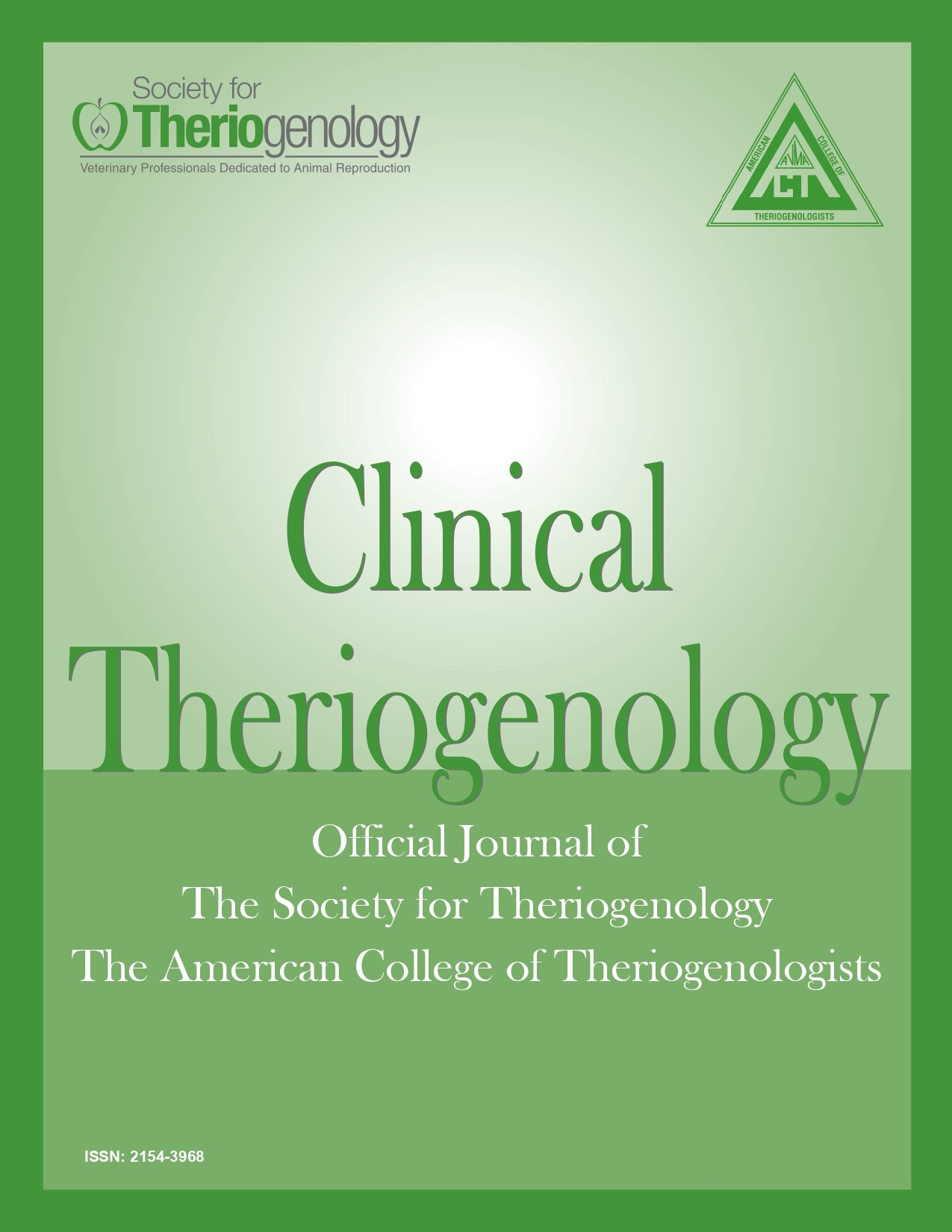Best age for spay and neuter: a new paradigm
Abstract
In small animal practice, neutering (including spaying) males and females at about 6 months has become standard. Using our extensive computerized case record system of the veterinary hospital, with currently about 60,000 cases per year, we launched a 10 year project to provide breed-specific and gender-specific, data-based information on joint disorders and certain cancers in dogs associated with neutering at ≤ 6 months, 6 - 11 months, 1 ≤ 2 years and 2 - 8 years. Our 3 published studies on the Golden Retriever, Labrador Retriever, and German Shepherd Dog reveal an increase in the incidence of a joint disorder with neutering done within the first year to 2 - 4 times that of the 3 - 5% incidence of intact dogs. In Golden Retriever females, neutering at any age was associated with an occurrence of one of the cancers followed to 3 - 4 times that of the 3 percent incidence of intact females. The overall project, just completed, includes data and analyses on 35 breeds and 5 weight categories of mixed breed dogs. Considering joint disorders, it is evident that the vulnerability to early neutering similar to the retrievers is related to body size, with small dog breeds showing no vulnerability. The increased risks of cancers with neutering, is breed specific, except that small dog breeds are generally not affected. The rather striking differences among breeds associated with neutering provides a strong rationale for taking into account breed and gender in advising clients about the appropriate age for spay or neuter of a puppy.
Downloads

This work is licensed under a Creative Commons Attribution-NonCommercial 4.0 International License.
Authors retain copyright of their work, with first publication rights granted to Clinical Theriogenology. Read more about copyright and licensing here.





